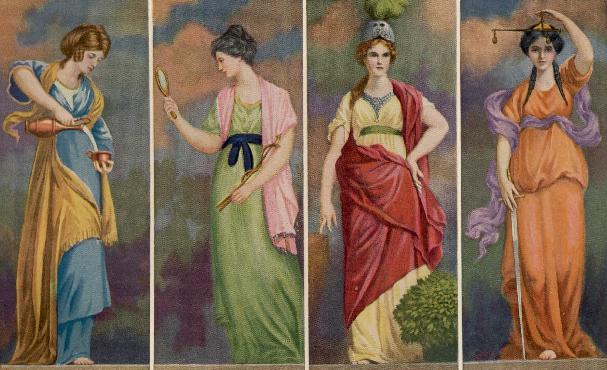Post by Anodyne on Jan 18, 2007 18:51:31 GMT -5
For what experts say is probably the first time, more American women are living without a husband than with one, according to a New York Times analysis of census results.
In 2005, 51 percent of women said they were living without a spouse, up from 35 percent in 1950 and 49 percent in 2000.
Coupled with the fact that in 2005 married couples became a minority of all American households for the first time, the trend could ultimately shape social and workplace policies, including the ways government and employers distribute benefits.
Several factors are driving the statistical shift. At one end of the age spectrum, women are marrying later or living with unmarried partners more often and for longer periods. At the other end, women are living longer as widows and, after a divorce, are more likely than men to delay remarriage, sometimes delighting in their newfound freedom.
In addition, marriage rates among black women remain low. Only about 30 percent of black women are living with a spouse, according to the Census Bureau, compared with about 49 percent of Hispanic women, 55 percent of non-Hispanic white women and more than 60 percent of Asian women.
In a relatively small number of cases, the living arrangement is temporary, because the husbands are working out of town, are in the military or are institutionalized. But while most women eventually marry, the larger trend is unmistakable.
“This is yet another of the inexorable signs that there is no going back to a world where we can assume that marriage is the main institution that organizes people’s lives,” said Prof. Stephanie Coontz, director of public education for the Council on Contemporary Families, a nonprofit research group. “Most of these women will marry, or have married. But on average, Americans now spend half their adult lives outside marriage.”
Professor Coontz said this was probably unprecedented with the possible exception of major wartime mobilizations and when black couples were separated during slavery.
William H. Frey, a demographer with the Brookings Institution, a research group in Washington, described the shift as “a clear tipping point, reflecting the culmination of post-1960 trends associated with greater independence and more flexible lifestyles for women.”
www.nytimes.com/2007/01/16/us/16census.html?ei=5065&en=fd431ee3a6bf026f&ex=1169528400&partner=MYWAY&pagewanted=print
In 2005, 51 percent of women said they were living without a spouse, up from 35 percent in 1950 and 49 percent in 2000.
Coupled with the fact that in 2005 married couples became a minority of all American households for the first time, the trend could ultimately shape social and workplace policies, including the ways government and employers distribute benefits.
Several factors are driving the statistical shift. At one end of the age spectrum, women are marrying later or living with unmarried partners more often and for longer periods. At the other end, women are living longer as widows and, after a divorce, are more likely than men to delay remarriage, sometimes delighting in their newfound freedom.
In addition, marriage rates among black women remain low. Only about 30 percent of black women are living with a spouse, according to the Census Bureau, compared with about 49 percent of Hispanic women, 55 percent of non-Hispanic white women and more than 60 percent of Asian women.
In a relatively small number of cases, the living arrangement is temporary, because the husbands are working out of town, are in the military or are institutionalized. But while most women eventually marry, the larger trend is unmistakable.
“This is yet another of the inexorable signs that there is no going back to a world where we can assume that marriage is the main institution that organizes people’s lives,” said Prof. Stephanie Coontz, director of public education for the Council on Contemporary Families, a nonprofit research group. “Most of these women will marry, or have married. But on average, Americans now spend half their adult lives outside marriage.”
Professor Coontz said this was probably unprecedented with the possible exception of major wartime mobilizations and when black couples were separated during slavery.
William H. Frey, a demographer with the Brookings Institution, a research group in Washington, described the shift as “a clear tipping point, reflecting the culmination of post-1960 trends associated with greater independence and more flexible lifestyles for women.”
www.nytimes.com/2007/01/16/us/16census.html?ei=5065&en=fd431ee3a6bf026f&ex=1169528400&partner=MYWAY&pagewanted=print








